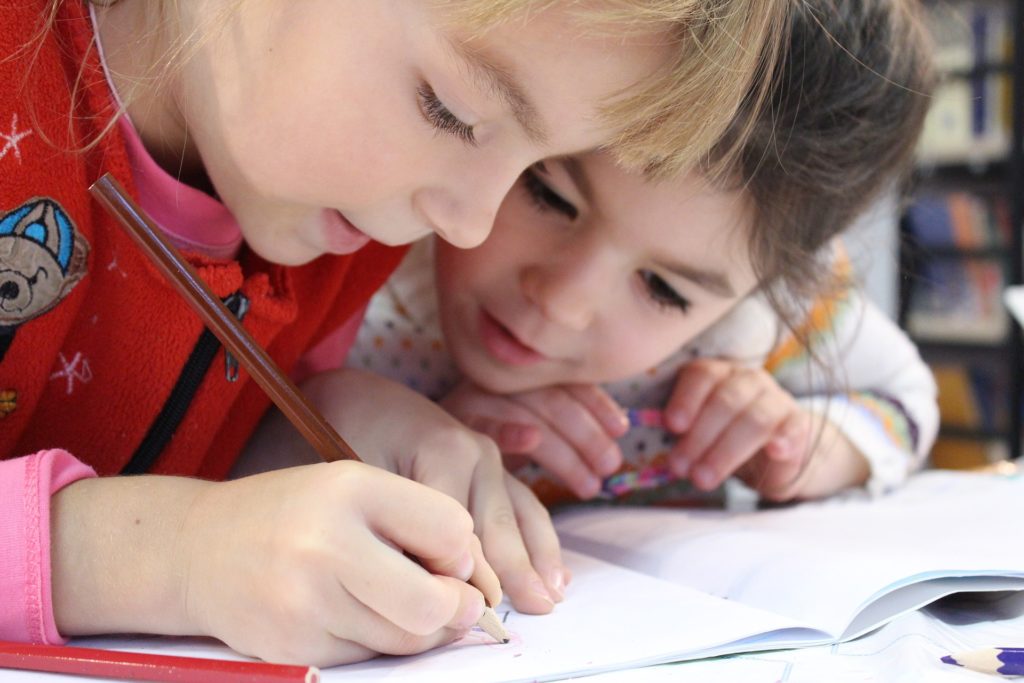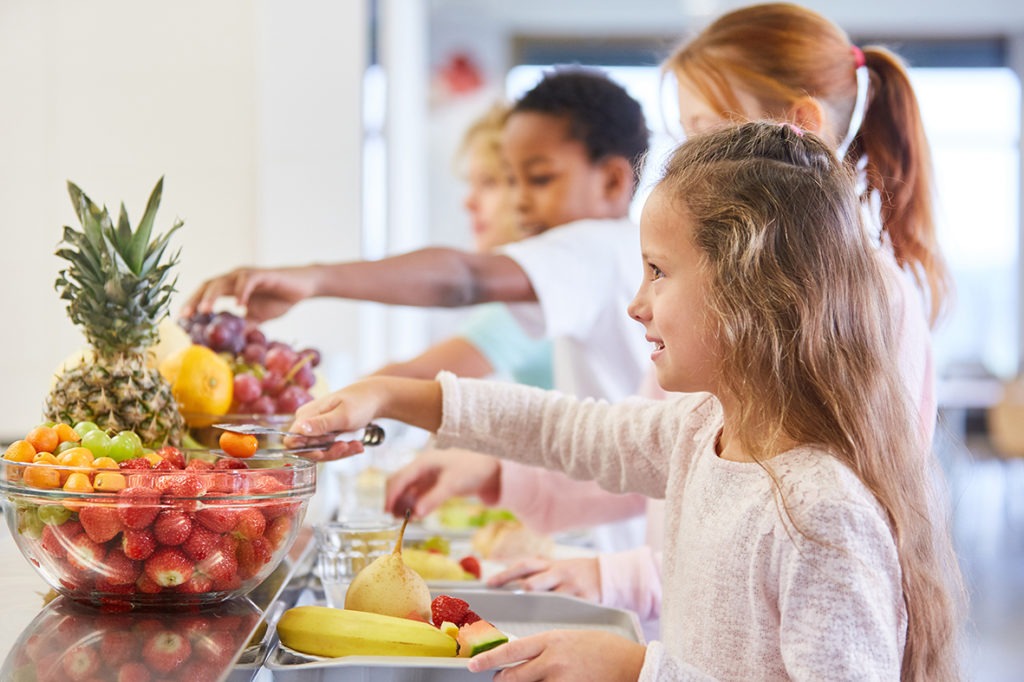Are school-made lunches better for kids?
Packing a healthy lunch for your kids every day is just one of the many (many) tasks that busy parents have to perform. But what if there was another, lunchbox stress-free way?
Flinders University researchers have been investigating the pros and cons of school-provided lunches, and believe that uniform delivery of lunchtime food at Australian schools could be a solution to better childhood nutrition and learning.

Flinders Caring Futures Institute Deputy Director Professor Rebecca Golley says universal school-provided lunch models – a common practice in other countries such as the UK – would involve all children in the school being provided with the same nutritious diet, with less room for sugar-laden, salty or fatty food in the mix.
“A universal school-provided lunch model could ensure all children have access to food at school, reduce stigma of children not having lunch or having different types of foods to their peers, and help to ensure children are provided with healthy options,” she says.
“The meal would be prepared on-site and served to children in their classroom, school hall or yard, compared with the current model in Australia where parents provide lunch to their children, either as a lunchbox from home or purchased from a school canteen.”

While there would obviously need to be an initial investment to set up the necessary infrastructure and get the right policies and guidelines in place, what’s emerging from some work around Australia is that this is a public health strategy that could deliver in terms of student learning, engagement and wellbeing.
The Flinders University research team has separately completed a project describing the dietary intake of 5- to 12-year-old children during school hours.
They found that 40 percent of the energy kids consume at school comes from unhealthy food, with most children eating no or very few serves of vegies, protein-rich foods or dairy. Commonly eaten foods were biscuits, processed meats, packaged snacks, bread and fruit.

A separate study conducted recently in NSW found that over two thirds of purchases made at school canteens are choices high in saturated fat, total sugars and salt.
“Good nutrition during children’s school years supports their growth, learning and development, with primary school-aged children consuming up to almost half of their daily energy intake during school hours,” says fellow Flinders researcher Brittany Johnson.
The study initially looked at several approaches, including a “community restaurant” where meals could be prepared and service different community groups, or off-site meal services run by dedicated staff with meals delivered in bulk to schools. The feasibility of a student food-preparation model was also considered, which would involve students choosing and prepping their own lunch before school or in the classroom at a food station or mini supermarket. But the universal school-provided lunch model was the top ranked option.
Looking for some lunchbox and after-school snack inspiration for your kids? Check out our back to school snacks and hacks and easy lunchbox recipe ideas.









